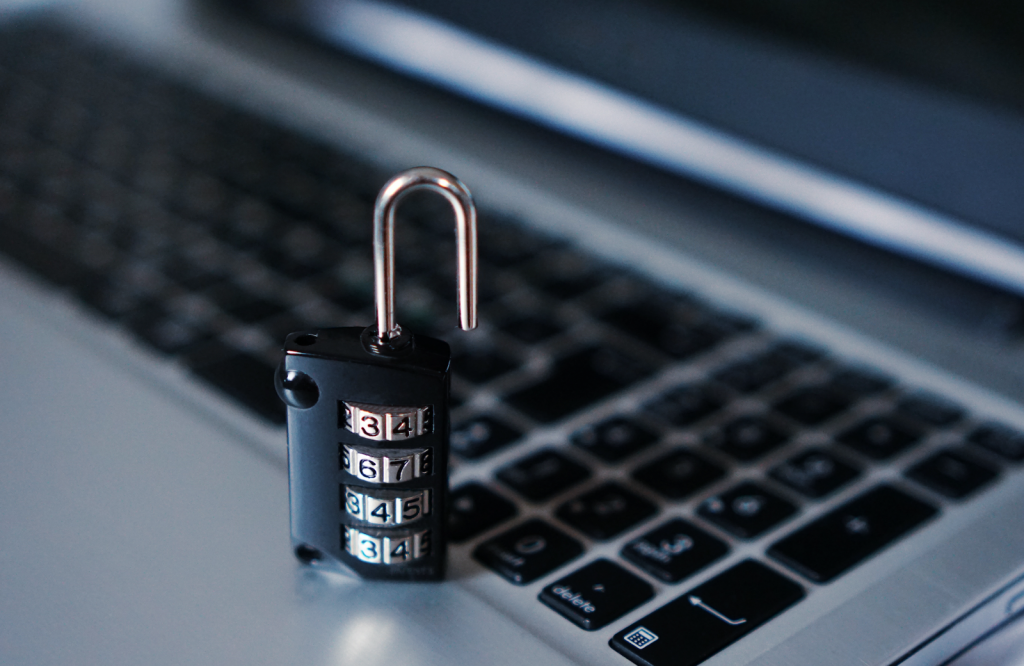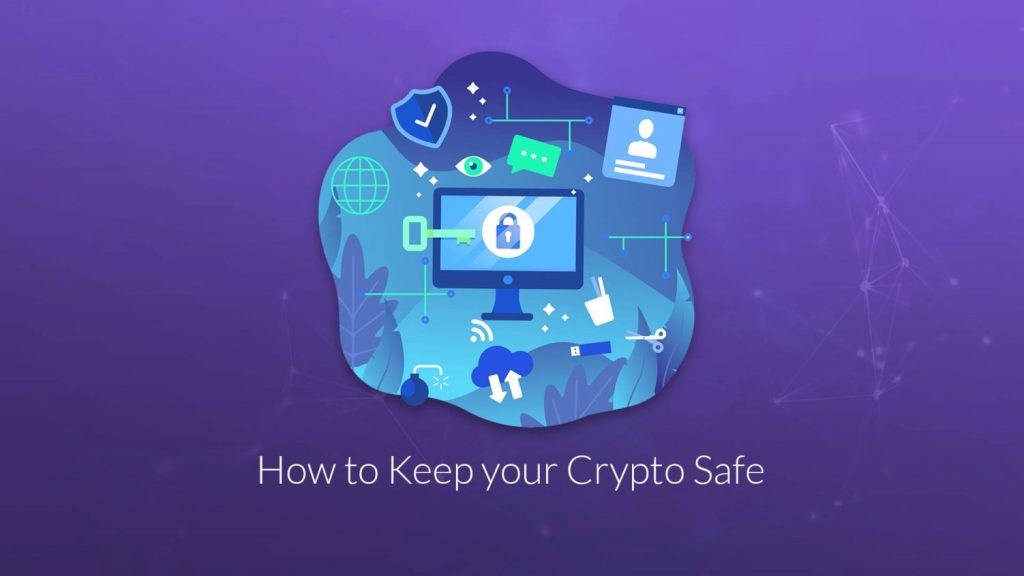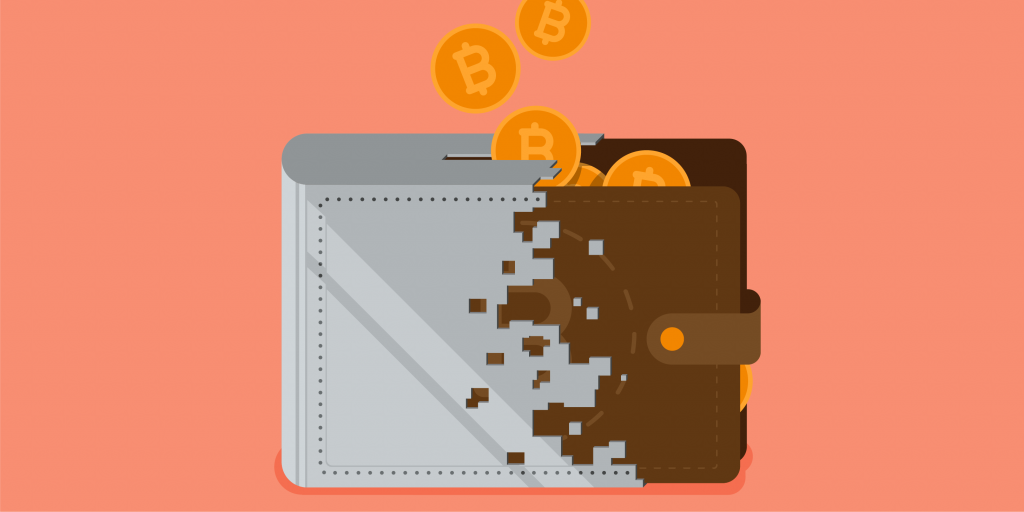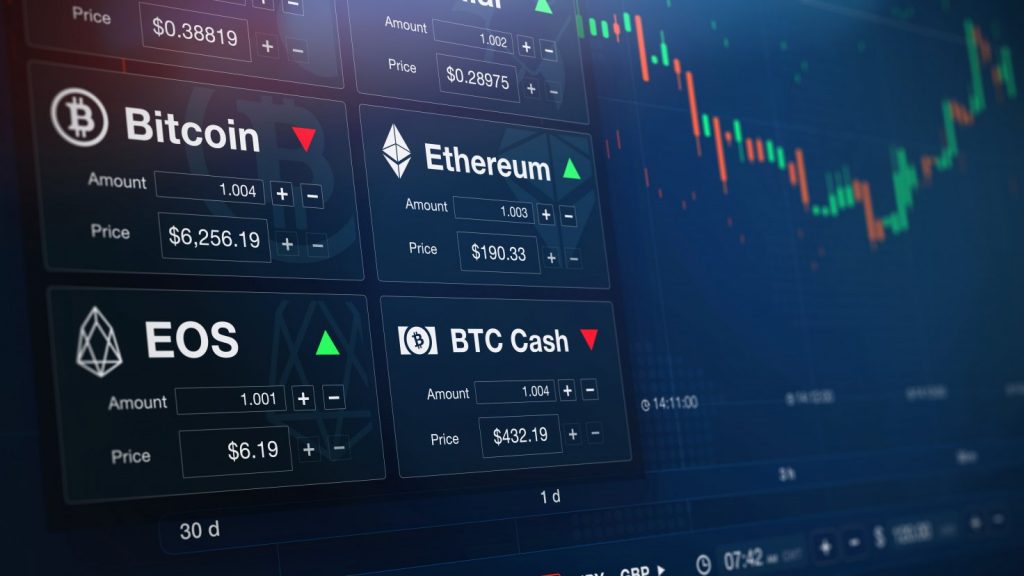
Many true cryptocurrency enthusiasts are self-taught. Although this process of learning by oneself, such as through reading and watching videos online and making mistakes on the way gives investors a great degree of understanding for the crypto markets. However, it is not a time-effective way to learn about crypto. This article is written to help you avoid the mistakes that cost investors thousands of dollars every year. Moreover, it involves nine clears steps towards keeping one’s cryptocurrency safe and sound. The writer of this article, Piotr, lost money twice when an exchange he kept money on got in trouble.
Bitcoin Safety
Remember the case of Quadriga’s Founder Gerald William Cotten? The only person in hold of all the private keys (controlling around $150 million of clients cryptocurrencies) died in strange circumstances while in India. Or the Cryptopia Hack that ended the short story of this exchange? I (Piotr) kept digital assets on both of these exchanges… These were some tough, but important lessons.
During the ICO madness of 2017 and 2018 I’ve also put money into multiple risky ICO projects like ICE Rock Mining (I am afraid this one is just a regular scam). In the hindsight this ICO Bubble reminds so much of the 2000’s .com crash. Thousands of dollars from my risky investments evaporated when the bear market came…
I lost money in crypto more times than I would like to admit, but it was all worth it.

It’s scary how many ways there are for you to lose your bitcoin or any other cryptocurrency.
In this article we will shine some light on them and show you how to protect your digital assets from all the major risks. If you’re seriously considering investing in bitcoin or you already own cryptocurrencies make sure to read through.
The Basics of Keeping Crypto Safe
As you might already know, blockchain technology that is a major building block of all cryptocurrencies is very safe in itself. Each block is connected to the next one using cryptography and its contents are virtually impossible to tamper with. After the block is produced and ‘accepted’ to the blockchain it cannot be reversed or changed (we call this feature immutability and finality). Many of the public blockchains are decentralized peer-to-peer networks. As they grow they get harder and harder to hack as someone would have to attack thousands of different nodes at the same time in order to succeed.

What’s important to note here is that the participants of these blockchain networks that secure the transactions are incentivized to be honest and validate the records according to the rules. This way cryptocurrencies, using blockchain, as a trustless, peer to peer network eliminate the need for a 3rd party to secure and oversee transactions. That means that you as a user have the sole responsibility to assure your funds are safe and sound. And because of that you have to be aware of some important issues:
- Software Safety: Blockchain might be the most secure type of the network in the world but the apps running on it will have vulnerabilities as all the other regular apps could have. They might be even more susceptible to a hack as they are all new developments, dealing with new problems. If you’re planning to use decentralized finance (DeFi) apps based on blockchain, make sure you do your research first and follow the safety procedures outlined in this article
- Private & Public Keys: Bitcoin and blockchain use cryptography to secure the network. The important thing to be aware of, is the existence of private and public keys. In simple terms public key is your wallet address and private key controls your assets. When you keep your bitcoin or other cryptocurrencies on an exchange you do not own the private keys to these assets. This is a big risk as you should already know from my Quadriga story. There is a well known saying in the blockchain space – ‘Not your keys not your coins’ Make sure the exchange you’re using is insured and trustworthy. If possible, use different ways to store your digital assets (more about these below)
Crypto Wallets
There are many different ways you can store your digital assets. Anyone familiar with the cryptocurrency market will have heard about crypto wallets. Here are the most popular variants.

- Software wallets – you can install these on your phone or desktop. Software wallets are basically Apps created by different entities that allow users to interact with the blockchain networks. Using these kinds of wallets you want to make sure your computer is secure and under protection of an up-to-date antivirus. Software wallet risks involve for example the risk of hacks or the risk of someone losing their private keys
- Hardware wallets – you can also store your private keys on a piece of hardware (that is offline). Wallets like Trezor or Ledger allow you to sign the transaction when you need it. Private keys never leave the wallets making hardware wallets the most secure method of storing cryptocurrencies. It still carries some risks though. Make sure you use a strong password in case you lose your hardware wallet and someone tries to take advantage of it.
- Paper wallets – you can also store your private keys on the piece of paper. As long as you don’t use this private key offline and keep it in a safe place your digital assets are protected. Paper wallets are definitely not the safest kind though, if you do not have to, don’t use them as your main bitcoin wallet.
- Exchange wallets – also called hosted wallets. The most important thing to remember about these is that you do not own the private keys when using these wallets. This is a big security flaw and you want to limit the usage of exchange wallets to the minimum. When you use an exchange wallet you trust the exchange to properly secure and take care of your assets. My story with Quadriga and Cryptopia is just one of many examples how exchanges mismanage the assets of their customers.
Crypto Exchanges
The most important lesson to remember is, while blockchain gives us freedom and removes the need of trust from the system, this comes with many new risks and responsibilities. We, as the users of this technology are now 100% responsible for the safety of our cryptocurrencies. It’s only up to you, how well you protect your Bitcoin investment.

Having the right Bitcoin wallet and making sure it’s safe is just the beginning of your journey with crypto security. There are many ways you can lose your digital assets. Let me shortly describe the most common ones:
- The risk of keeping your assets on a crypto exchange. You just learned that using exchange wallets is risky. There are so many ways your assets can be compromised when kept on an exchange. Some of them include:
- An exit scam, when the owners of the exchange disappears with their customers private keys, controlling the assets deposited on the exchange
- Hacks, when the whole exchange or just some of its wallets get attacked, this happens almost every week! Make sure you use an exchange that is insured in case this happens. An important metric to be aware of is how much of the assets the exchange keeps in the hot (online) wallets – the less the better!
- Bankruptcy, some of the exchanges as any other businesses, will bust. Do your research and try to stick to the major players in the market that strictly follow regulations.
- If you are new to trading there is also a risk of you losing money due to common newbies mistakes like trading with too much leverage, FOMOing into a trade or forgetting about fundamental risk management tactics like setting up stop losses.
Crypto Risks

Software Wallets Risks
There are two major issues to consider in regard to the safety of your software wallet – the safety of the computer you use to access it and the safety of the software itself. I would have a limited trust towards a new wallet that had no time to be stress-tested in an open online environment. You will be better off to stick to established wallets that have been on the market for a longer period. In the next section we will talk more about common safety practices everyone should implement to keep their software wallets safe.
Sending to the Wrong Address or Impersonators
As you already know transactions broadcasted on the blockchain network are final and irreversible. If you send bitcoin out there is no one to give it back to you in case you messed up. Think twice (or even 3 times) before you hit this ‘send’ button. There are also many scams asking you to send bitcoin (or any other crypto) first to get more back to your account. Stay alert and trust no one. Profile Jackings (someone opening a social media account to impersonate a person) are very common nowadays. Never, I repeat, never send any digital assets to people you do not know personally.
Lose Private Keys or Seed Phase
A seed phase is the final way for you to recover your wallet. It’s a holy grail, allowing anyone who gets it to access your wallet. You do not want to keep the seed phrase on your computer, hackers are looking for these and they will find it! Write it down and keep somewhere safe. I know some people that even split it into few parts that are kept in separate places. When it comes to securing your seed phrases It’s better to be safe than sorry.
Scams
Because of blockchains nature and it’s novelty this space is a gold mine for all the scammers. They are just everywhere, Facebook Bitcoin groups, Youtube and Telegram. Also remember to keep away from the Pump and Dump groups (groups luring you into investing in an asset that ‘will skyrocket soon’) and Ponzi Schemes like Bitconnet, promising crazy earnings (1% a day or 10% a week for example).

Before you invest your money into a new project, do your research and think twice. It seems that every day there is a new way someone tries to scam people. In the section below I will outline the fundamental steps one should take to keep their Bitcoin and other cryptocurrencies safe.
Minimize the Risk of Losing Your Crypto
Now that you know how easy it is to lose your digital assets, let’s talk about ways to make sure this doesn’t happen to you. Trust me, it is way better to learn on other’s mistakes in this case. To minimize the risk of your crypto disappearing you should:
- Use long, complicated (and different) passwords for each account and change them on a regular basis. If you’re using the same, easy password for all your accounts you are an easy target. It’s like asking for trouble and you do not want that 🙂 There are some services that help with secure storage of passwords like LastPass for example.
- Always use two factor authentication (2FA). The most popular one on the market today is Google’s Authenticator. If you have never used one, do not worry, it’s super simple. You download the 2FA App on your phone and connect it to your wallet. Each time you want to take a certain action in the wallet (like sending or withdrawing the funds) you will be asked to input the code recently generated by the 2FA App. This gives you another layer of security, preventing hackers to move your assets without access to your 2FA.
- Keep your seed phases safe. As I have already mentioned, do not keep your seed phrases on your computer. Write them down on a piece of paper and keep somewhere hidden. You might want to have a couple copies in case you lose one, but remember to keep them all in a safe place.
- Use good antivirus. This is a no brainer. As a bitcoin owner you are the only person responsible for it’s security, you need a good and up-to-date antivirus guarding the computer you use to access your digital assets.
- Take money out from the exchanges if you do not have to keep it there – use hardware wallets if possible. If you do not absolutely have to keep your assets on an exchange, do not do it. Hardware wallets are the safest option to store bitcoin and other crypto currencies and I highly recommend you get and use one.
- If you need to have assets on exchanges keep them on many different platforms. If you trade a lot and just can’t keep your crypto off the exchanges at least make sure you do not keep all your eggs in one basket. Do your research and choose a few different, insured exchanges and split your assets between them.
- Never put money into projects that look too good to be true. This might sound trivial but will save you a lot of money. If something sounds too good to be true in crypto space (and in life in general) it is a scam, 100%! 1% a day return, 100% in a month, invest $100 and get $1000 back – these are all BIG RED FLAGS. Before investing into a new project, make sure you check it inside out.
- Never respond or trust DMs from people you do not know. This is especially true on Facebook and Telegram. I am getting these almost every day. If there is someone you do not know or someone famous messaging you online just block them right away and report as spam or scam. Do not send your assets to someone you do not know or trust. No one should ever ask you to send them your crypto. Just recently I saw a new YouTube scam when they use a legit looking account to broadcast an interview with some famous business people and advertise it as a bitcoin giveaway. All you have to do is send them some bitcoin first. Do not fall for that and never send your digital assets to unverified sources.
- If you are new to this space, and trading in general, remember to only invest the money you can afford to lose. This is still a highly speculative market with a lot of volatility. Start with learning the basics of trading and risk management and dip your toes first with smaller position sizing.
Welcome to the World of Blockchain!
Right this moment, we are entering the new era, the era of programmable money, decentralized finance and the new paradigm of personal freedom. Blockchain is allowing us to leverage the network effect and create value for its users with parabolic growth potential. It will give us a great power and demand even greater responsibility.

Start your blockchain journey with education. Make sure you cross your Ts and dot your Is first. This is easily done through enrolling in the Ivan on Tech Academy blockchain education platform. Learn from others’ mistakes and follow common sense. Become comfortable with everything from the ultimate guide to DeFi to ETH 2.0 Staking.
By starting with implementing the fundamental safety strategies you are taking the crucial steps to preserve your digital wealth. This is not the time for shortcuts or greed. Especially now when the next bull run seems to be behind the corner. It will bring many new opportunities and even more traps and scammers waiting for your mistake. Your sound security measures will act like a moat and high castle walls keeping all the unwanted elements away from your digital treasures.
If you have more questions about safety in the world of cryptocurrencies ask in the comments section below.
I wish you a successful journey with Bitcoin and the world of blockchain!
Piotr Borowiec





